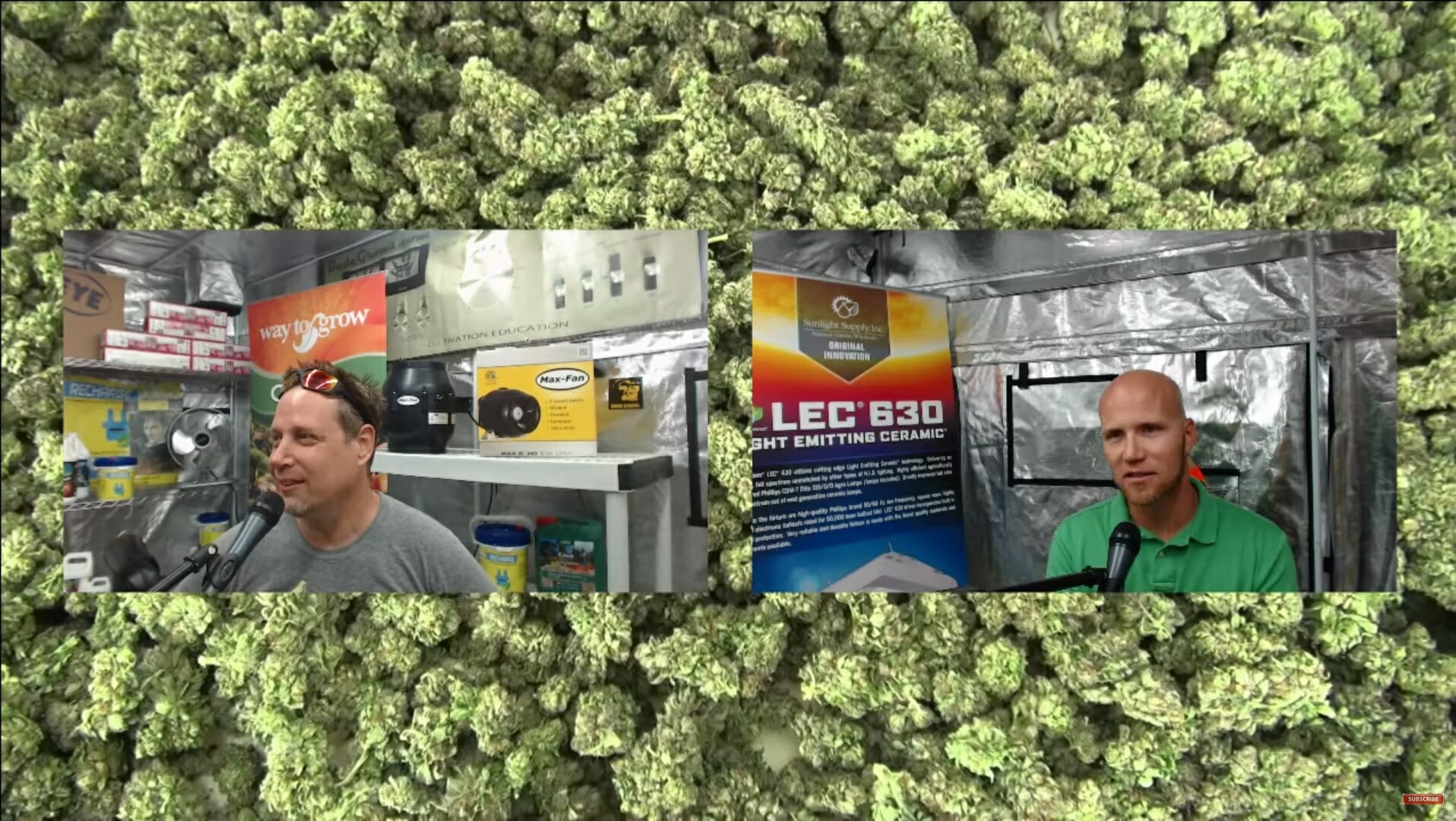Dude Grows Podcast with Quest


Demystifying Dehumidification: A Chat with QUEST’s Clif Tomasini-
Are you using a standard residential dehumidifier in your growroom? Beware; you’re setting yourself up for failure, according to QUEST Product Manager Clif Tomasini; Clif chats with Scotty Real of “Dude Grows Show” about the benefits of QUEST dehumidifiers vs. residential dehumidifiers for growroom use.
QUEST’s dehumidifiers: Built for constant use, most energy efficient in the world
Clif explains, “QUEST is a step up from those mass produced, low quality units. When you… run [cheap units] 18-24 hours a day every day, you basically squash their five years of summer running down to about 18 months. They weren’t designed for this type of durability.”
QUEST’s dehumidifiers are built to run hard for seven to eight years.
“You want dehumidifiers because you don’t want something else”
“Dehumidifiers become a need as CO2 comes into play,” says Clif. Sealed growrooms mean high humidity. Humidity attracts plant killers like pests and powdery mildew, so humidity control is essential. “You want dehumidifiers because you don’t want something else,” according to Clif.
Dehumidifiers most needed when lights are off
Dehumidifiers are most essential when growroom lights are off because they keep the humidity in check. The heat generated by the dehumidifier is useful at night because it keeps the room from getting too cool.
Dehumidifier volume should match plant H2O use
Plants transpire almost all of the water they take in. The enclosed growroom environment constantly recycles this water, and that can create moisture problems in growrooms. Dehumidifiers keep air dry, preventing powdery mildew, pests, and other problems. The dehumidifier you choose for your growroom should be able to handle your plants at their largest, when they’ll transpire most heavily. Clif recommends that you size your dehumidifier to take in “a pint per square foot, or per 10 to 12 pints per light (per day).”
Build in redundancy
“In this industry, redundancy is very important. If something goes down, your lights stay on, that kills everything,” says Clif. Instead of using one full capacity dehumidifier, divide your daily moisture load between four appropriately sized dehumidifiers. If one fails, your system will still operate at 75% capacity.
Published on Jul 28 2015
Last Updated on Feb 27 2024
Categories: Agriculture, Dehumidification, High Plant Yield, Mildew, Mold
